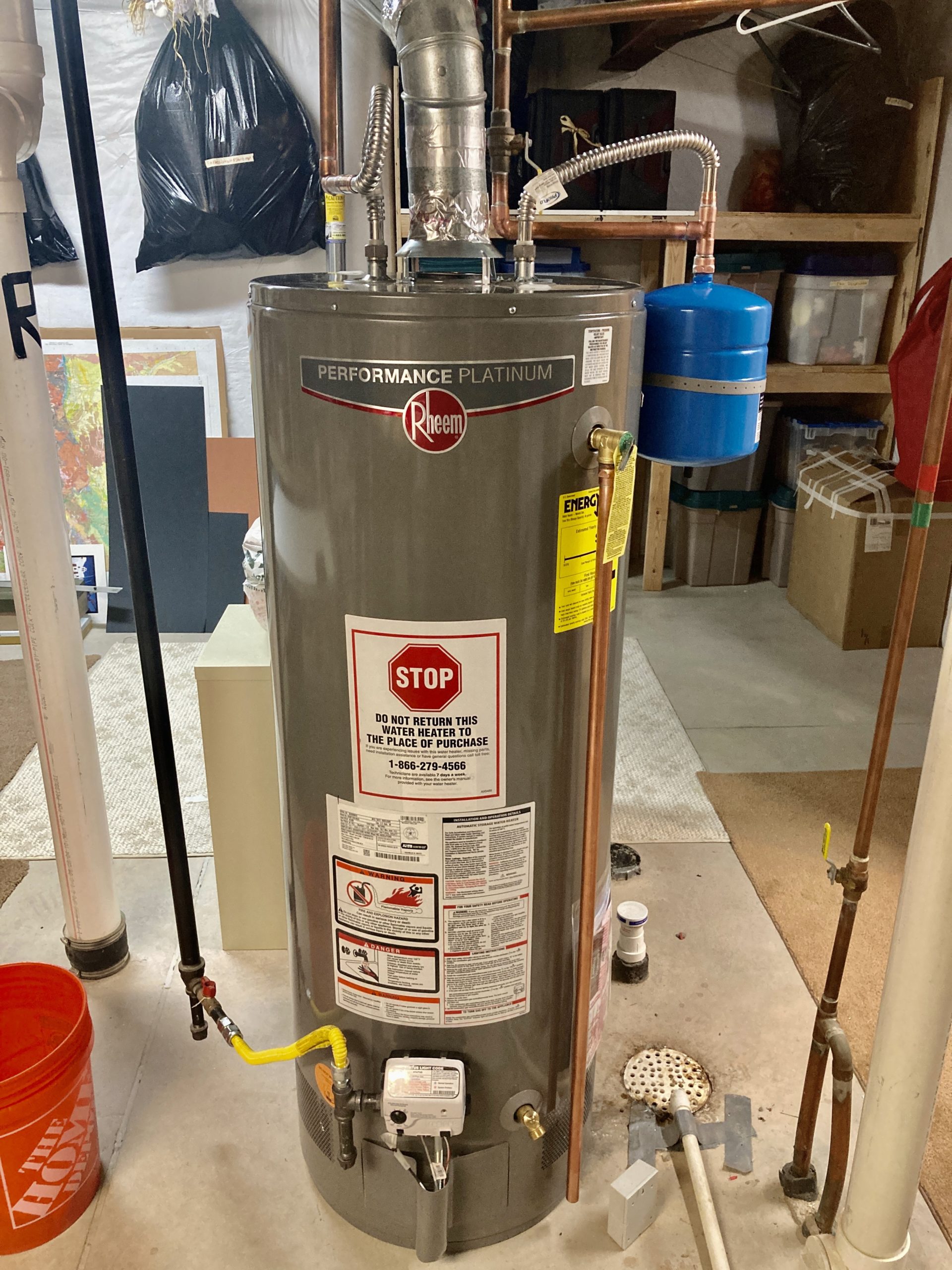Steps to Extend the Lifespan of Your Home's Hot Water System By Maintenance
Steps to Extend the Lifespan of Your Home's Hot Water System By Maintenance
Blog Article
They are making a few great annotation regarding How to Maintain a Hot Water Heater in a Few Simple Steps as a whole in this great article underneath.

Warm water is important for day-to-day convenience, whether it's for a rejuvenating shower or cleaning dishes. To guarantee your warm water system runs successfully and lasts much longer, routine upkeep is crucial. This article supplies practical ideas and insights on exactly how to maintain your home's hot water system to stay clear of disruptions and expensive repair work.
Intro
Keeping your home's warm water system could seem challenging, however with a few basic actions, you can guarantee it runs smoothly for years to find. This overview covers every little thing from recognizing your hot water system to DIY maintenance suggestions and understanding when to contact professional help.
Significance of Preserving Your Hot Water System
Regular upkeep not just extends the lifespan of your warm water system yet also ensures it operates efficiently. Ignoring upkeep can bring about lowered performance, greater energy expenses, and even premature failure of the system.
Signs Your Hot Water System Requirements Upkeep
Understanding when your warm water system needs interest can stop significant problems. Watch out for indications such as inconsistent water temperature, unusual noises from the heater, or corroded water.
Comprehending Your Warm Water System
Prior to diving right into upkeep jobs, it's helpful to understand the basic parts of your hot water system. Generally, this includes the water heater itself, pipes, anode rods, and temperature controls.
Regular Monthly Maintenance Tasks
Regular regular monthly checks can assist catch minor problems before they intensify.
Flushing the Hot Water Heater
Flushing your hot water heater removes sediment buildup, improving efficiency and prolonging its life.
Monitoring and Changing Anode Rods
Anode poles protect against deterioration inside the container. Evaluating and changing them when broken is critical.
Evaluating and Readjusting Temperature Level Setups
Changing the temperature settings ensures optimal efficiency and safety and security.
DIY Tips for Maintenance
You can perform several upkeep jobs on your own to keep your hot water system in leading problem.
Looking for Leaks
Frequently evaluate pipes and connections for leakages, as these can lead to water damages and higher bills.
Examining Pressure Alleviation Valves
Testing the stress relief valve guarantees it works correctly and stops excessive stress build-up.
Shielding Pipes
Insulating warm water pipes minimizes heat loss and can conserve energy.
When to Call a Specialist
While DIY upkeep is useful, some concerns need specialist competence.
Facility Issues Calling For Professional Aid
Instances include significant leakages, electrical troubles, or if your water heater is consistently underperforming.
Regular Professional Upkeep Benefits
Professional upkeep can consist of extensive examinations, tune-ups, and ensuring compliance with safety and security requirements.
Conclusion
Normal maintenance of your home's warm water system is important for performance, durability, and price savings. By adhering to these tips and understanding when to look for expert aid, you can guarantee a reliable supply of hot water without unanticipated interruptions.
How to Maintain an Instant Hot Water Heater
Before tinkering with your hot water heater, make sure that it’s not powered on. You also have to turn off the main circuit breaker and shut off the main gas line to prevent accidents. Also turn off the water valves connected to your unit to prevent water from flowing into and out of the appliance. 2. When you’re done, you have to detach the purge valves’ caps. These look like the letter “T†and are situated on either side of the water valves. Doing so will release any pressure that has accumulated inside the valves while at the same time avoid hot water from shooting out and burning your skin. 3. When the purge valves’ caps are removed, you have to connect your hosing lines to the valves. Your unit should have come with three hoses but if it didn’t, you can purchase these things from any hardware or home repair shops. You can also get them from retail stores that sell water heating systems. Read the user’s manual and follow it to complete this task properly. When the hosing lines are connected, open the purge port’s valves. 4. You should never use harsh chemical cleaners or solutions when cleaning your unit. Make use of white vinegar instead. It should be undiluted and you’ll probably use about 2 gallons. 5. Now flush your water heater. This task should probably take about 40 minutes. We can’t give you specific directions for this because the procedure is carried out depending on the type, model and brand of your heater. With that being said, refer to the user’s manual. 6. When you’re done draining the unit, you have to turn off the purge port valves again. Remove the hosing lines that you earlier installed on each of the water valves. Put the valve caps (purge port) back in their respective places and be very careful so as not to damage the rubber discs that are found inside these caps. 7. Now that everything’s back in place, check your user’s manual again to find out how to reactivate your water heating system. 8. Once it is working, turn one of your hot water faucets on just to let air pass through the heater’s water supply pipes. Leave the tap on until water flows smoothly out of it. https://www.orrplumbing.com/blog/2014/september/how-to-maintain-an-instant-hot-water-heater/

I'm certainly very excited about What Kind of Maintenance Do Water Heaters Need? and I really hope you appreciated my entry. Sharing is good. Helping people is fun. We truly appreciate reading our article about How to Maintain Your Water Heater & Prolong its Life.
Book A Free Estimate Report this page